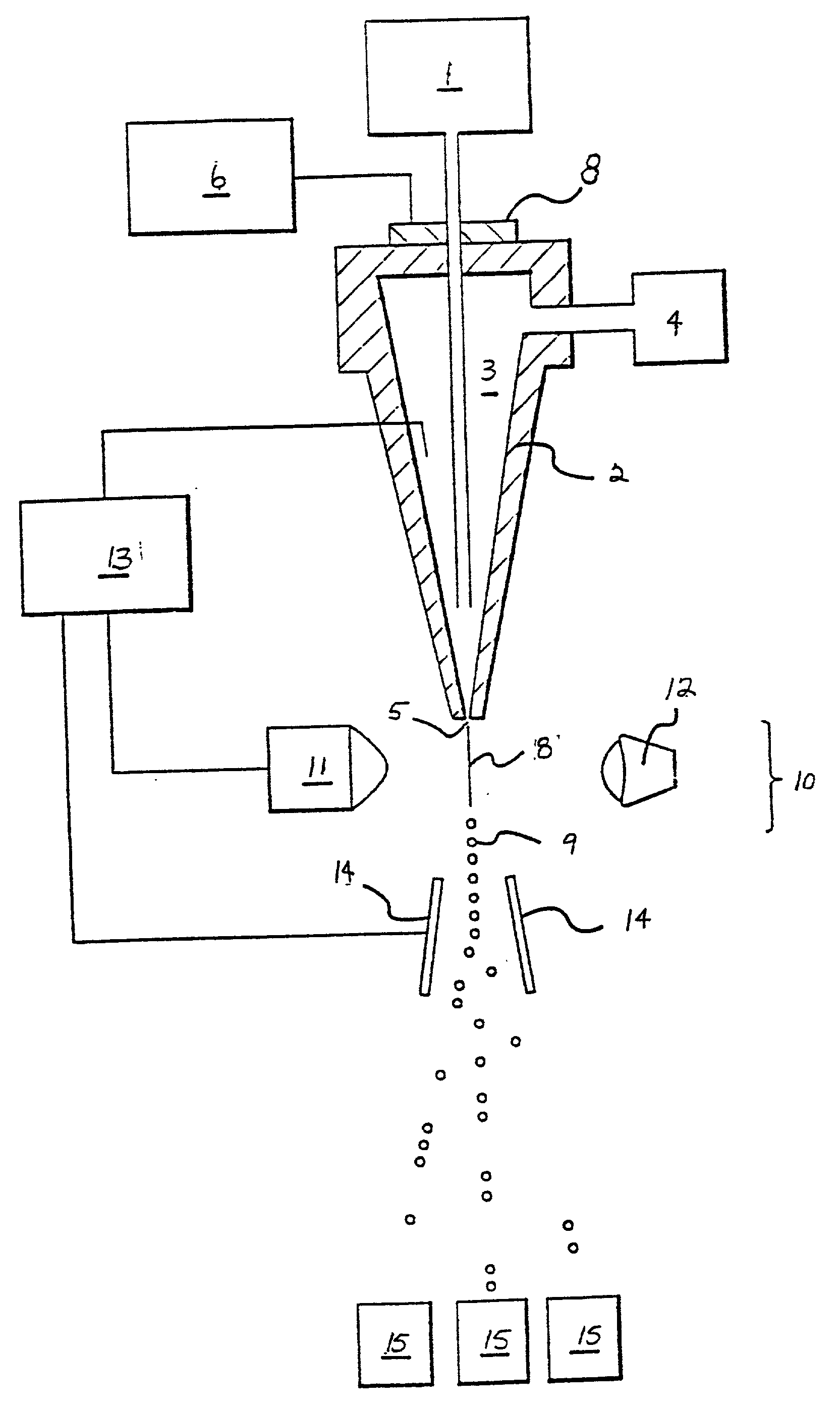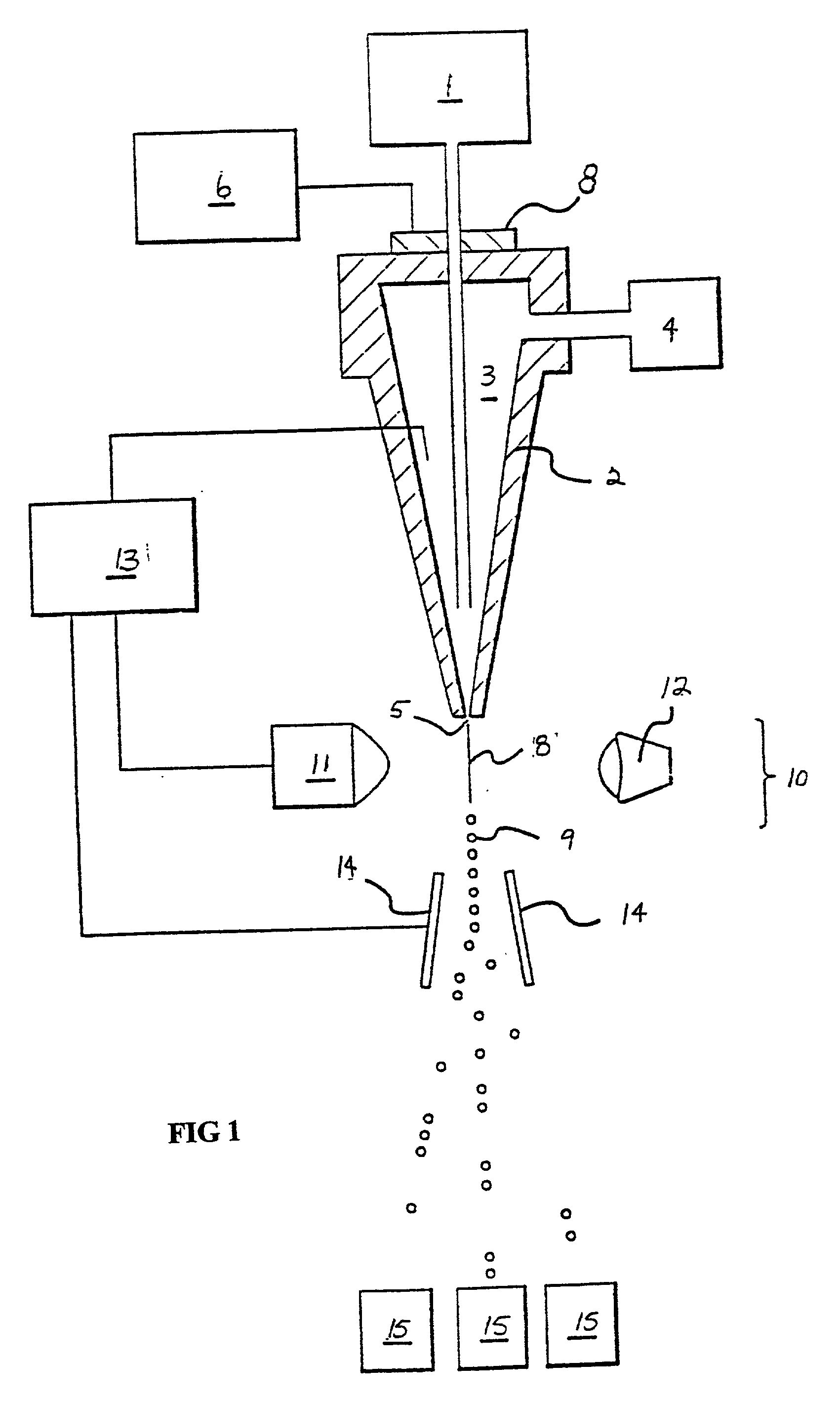Integrated herd management system utilizing isolated populations of X-chromosome bearing and Y-chromosome bearing spermatozoa
- Summary
- Abstract
- Description
- Claims
- Application Information
AI Technical Summary
Benefits of technology
Problems solved by technology
Method used
Image
Examples
example 1
[0046] An integrated herd management system (IS) was designed to evaluate integration of early weaning and use of sexed semen in a single calf heifer (SCH) system to increase value of non-replacement heifers. The project consisted of five phases; Phases I, II, and III were developmental stages of the heifers. Phase IV was a qualitative measurement of the integrated system where carcass evaluation occurred. Phase V determined economic status of the integrated system. The integrated IS may be an alternative to the traditional marketing (TMS) of non-replacement heifers. Traditional marketing of non-replacement heifers is defined as the sale of TMS heifers on live-weight bases immediately following >traditional=weaning at age of approximately 7 months (200 days). Therefore, the IS is economically compared to the TMS. The IS incorporates reproductive factors such as puberty and breeding of heifers; therefore, replacement heifer counterparts meant for reproduction and managed in a traditi...
PUM
| Property | Measurement | Unit |
|---|---|---|
| Fraction | aaaaa | aaaaa |
| Fraction | aaaaa | aaaaa |
| Fraction | aaaaa | aaaaa |
Abstract
Description
Claims
Application Information
 Login to View More
Login to View More - R&D
- Intellectual Property
- Life Sciences
- Materials
- Tech Scout
- Unparalleled Data Quality
- Higher Quality Content
- 60% Fewer Hallucinations
Browse by: Latest US Patents, China's latest patents, Technical Efficacy Thesaurus, Application Domain, Technology Topic, Popular Technical Reports.
© 2025 PatSnap. All rights reserved.Legal|Privacy policy|Modern Slavery Act Transparency Statement|Sitemap|About US| Contact US: help@patsnap.com



